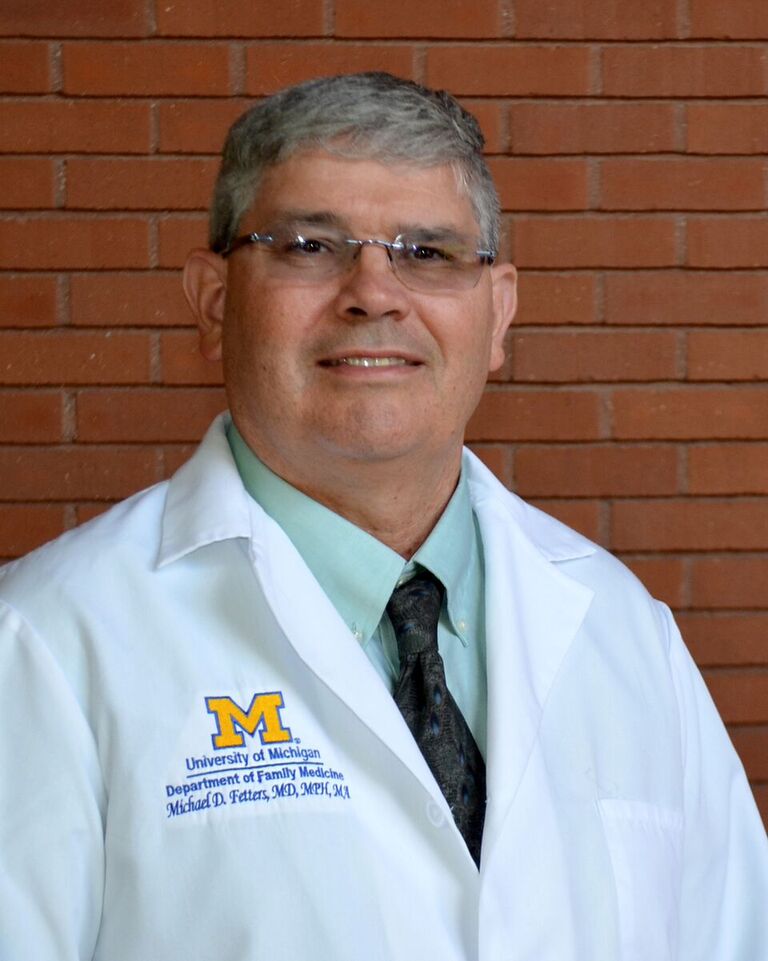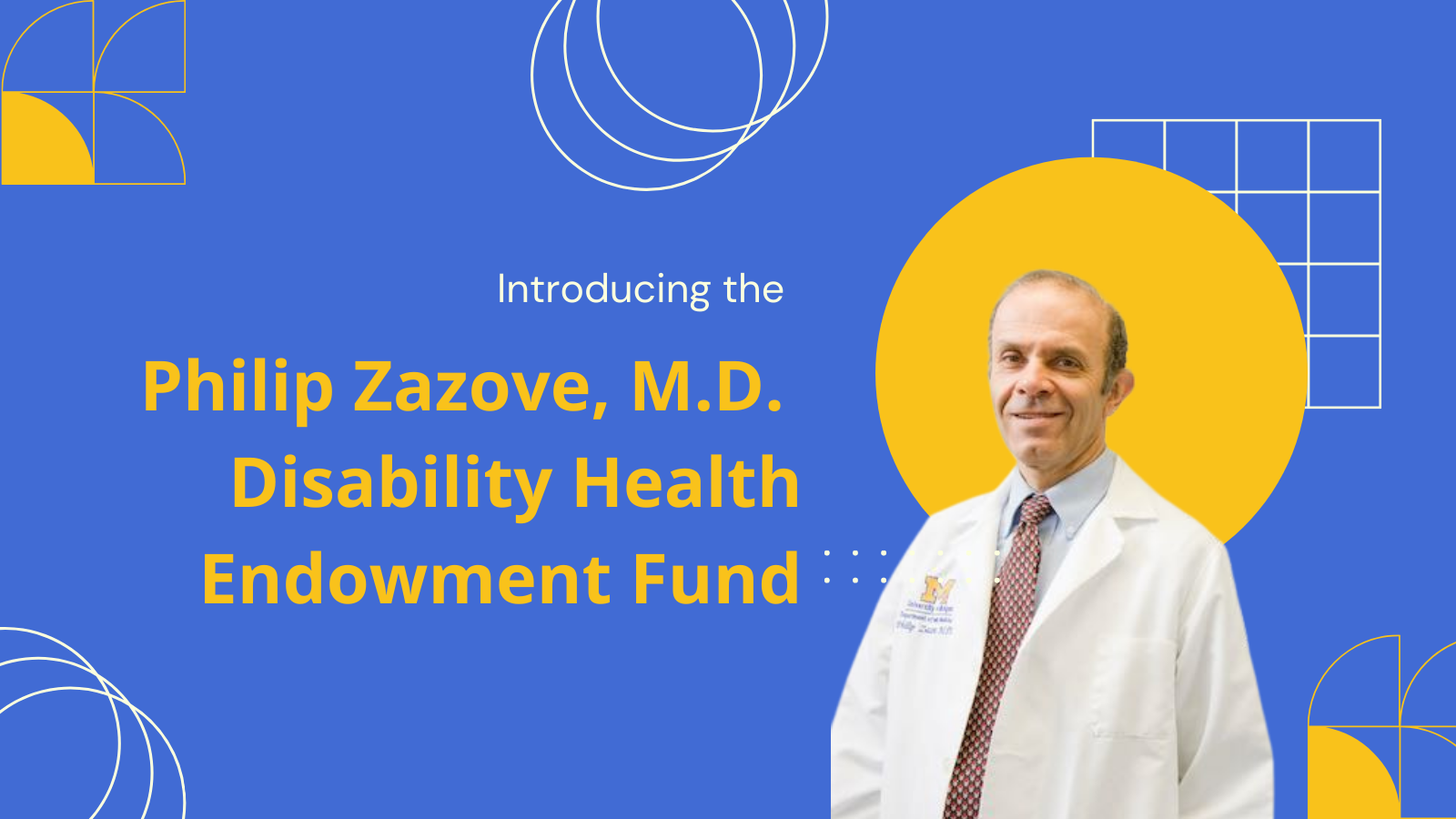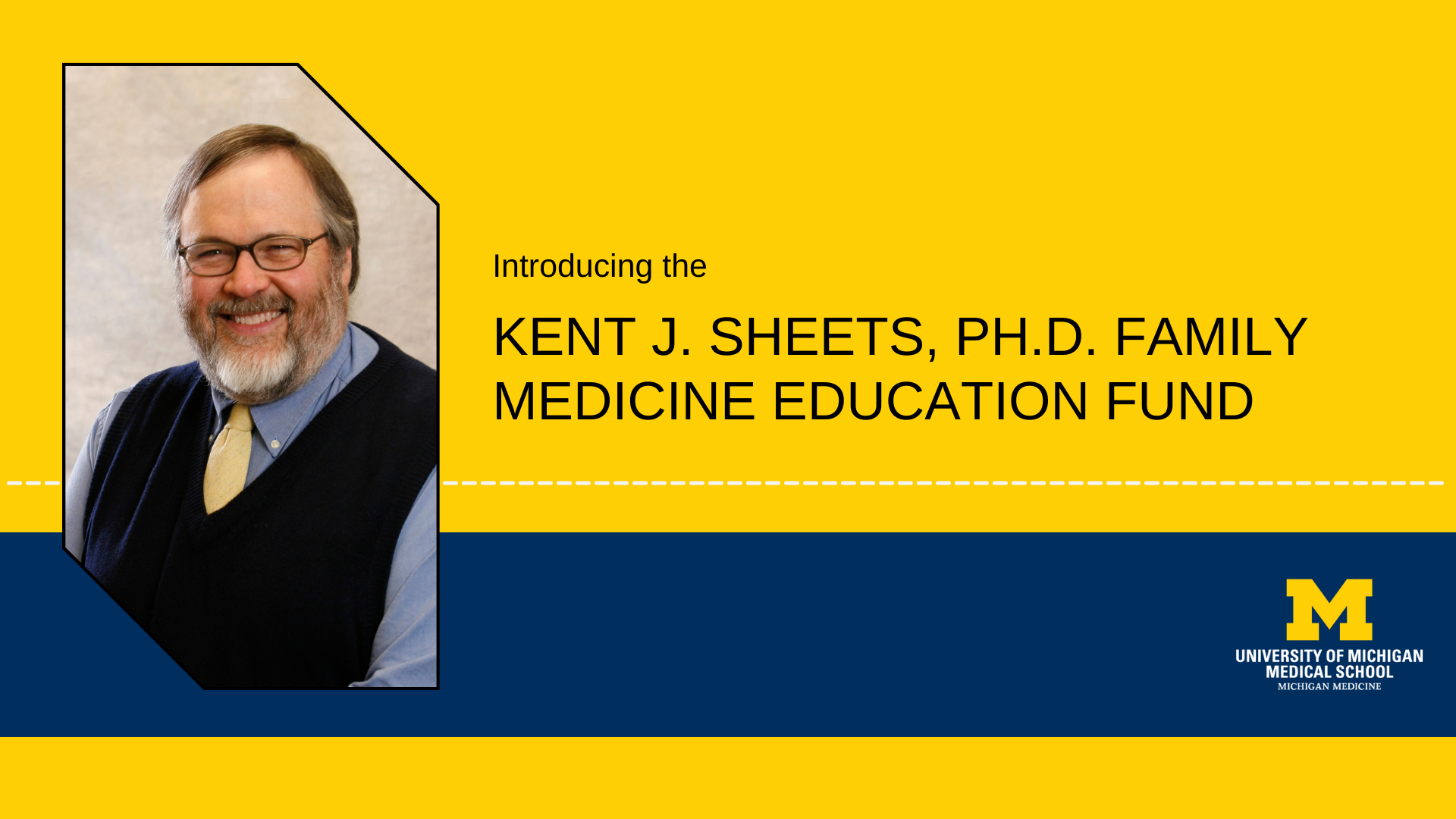If you had the opportunity to help build a country’s family medicine specialization, from the very first class of residents, how would you do it? Michael D. Fetters, M.D., M.P.H., M.A., professor and director of the U-M Japanese Family Health Program, has taken on just that challenge. Dr. Fetters is part of a medical leadership team that is helping to establish exemplary family medicine training in Japan.
A new study, co-authored by Dr. Fetters, examines four years of longitudinal survey data from Shizuoka Japan’s first cohorts of family medicine-specialized resident physicians. Researchers began by developing an online, cross-sectional self-competency assessment survey that asked residents to rate their competence as family medicine physicians.
“When we initiated the study there was no “list of common” conditions in primary care in Japan.” The study began by piloting a survey with 87 domains and skills applicable to family medicine in the context of Japanese health and society. The instrument was modified and honed to its final list of 142 domains and skills.
Items covered include acute care conditions, chronic care, women’s health, procedures, health promotion across the lifespan, geriatrics and home care, and emergency procedures. The survey utilizes a 100-point visual analog scale in which “0” represented “can’t do at all” and “100” represented “can do satisfactorily/completely). Most respondents completed the survey in 10–15 min. In total 57 surveys were completed representing twenty residents in the Shizuoka FM program.
The study found that self-assessment scores increased progressively each year in every skill group, including: Acute conditions and emergency procedures; Chronic conditions; Chronic women’s health conditions; Outpatient procedures; Geriatrics, home care; and Preventive services: Health promotion, screenings. The composite self-assessment score increased almost linearly, from the time residents entered the program to the completion of Year 3. Scores increased from an average of 31 to 65, an increase of 34 points.
The researchers noted that the progressive improvements are “corroborated by a passing performance by all residents who completed the program on the actual official national board examination conducted by the Japan Primary Care Association. This provides at least a minimal level of external validity of progressively improving self-competency assessments.”
This research has tested and identified self-competency assessment surveys as a feasible, low-cost assessment method that may be the first step towards understanding and establishing the quality and content of Shizuoka Japan’s first family medicine training program.
The implications of this research go beyond Japan. While Japan is a highly advanced industrialized country, it also falls in the category of a “family medicine education emerging” (FMEE) country where:
“'Emerging' emphasizes that sociopolitical forces have reached a level where the determination across various constituencies to launch FM training is sufficient, relatively few faculty exist, and previous FM teaching experience is limited. FMEE academic programs face many barriers in launching a new discipline that impacts training at the student, resident, and faculty levels."
Around the world, there remain many industrialized and developing countries where family medicine is still emerging as a discipline. With tailoring to local practices, the modestly simple, minimally resource intensive, self-competency assessment process has potential for use in FMEE countries for competency assessments of their trainees.
Article citation: Fetters MD, Motohara S, Ivey L, et al. Utility of self-competency ratings during residency training in family medicine education-emerging countries: findings from Japan. Asia Pac Fam Med. 2017 Jan 10;16:1. doi: 10.1186/s12930-016-0031-1
Browse the latest research on global primary care



